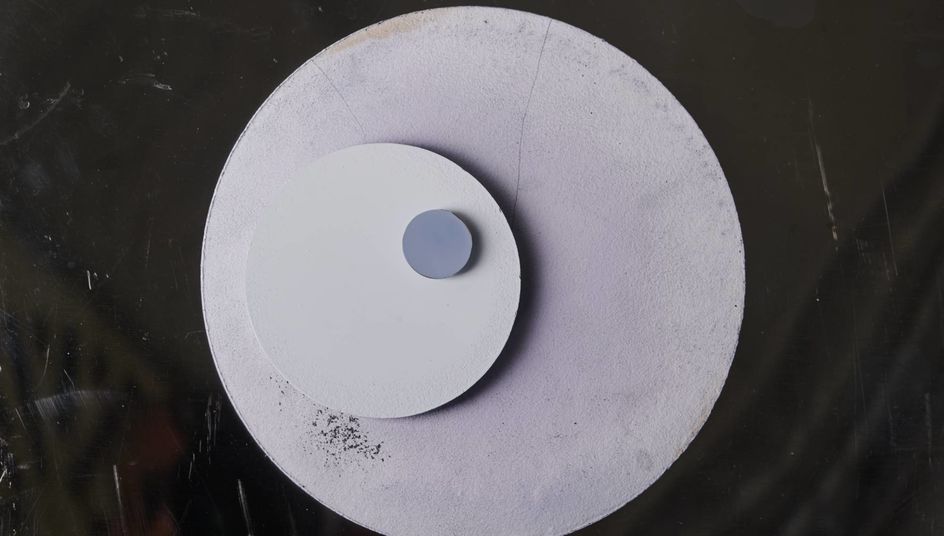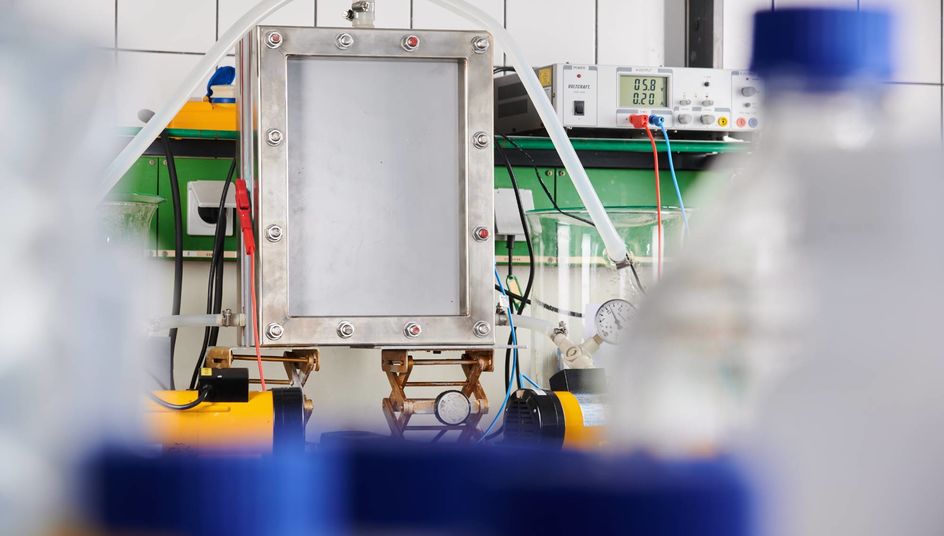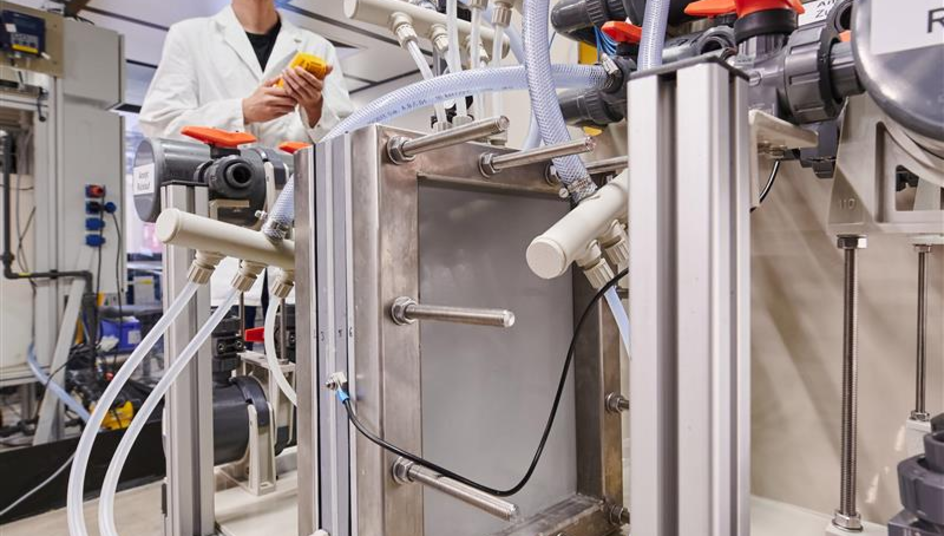
Blue Lithium
Improved recycling of lithium from spent batteries
Creavis is working on marketable technologies to recycle the lithium from end-of-life batteries of electric cars. This is the only way to make the mobility revolution truly sustainable.
The future of mobility is electric. It's good for the climate. In 2021 alone, more than 6.5 million e-cars were sold worldwide in 2021 alone. But as the global electric fleet grows, the focus is also shifting to the materials needed for their batteries - especially lithium. Its extraction consumes immense resources. The closed-loop recycling of recyclable materials from spent batteries is therefore becoming increasingly important. Today's recycling processes for batteries are mainly optimized for the recovery of cobalt and nickel. More than 90 percent of the lithium used in traction batteries is not recovered due to a lack of cost-efficient processes.

Ceramic membrane for the recovery of lithium from recycled batteries (experimental stage)



Ecological and economical
Due to the increased demand for lithium and stricter requirements from legislators regarding recycling rates, the industry is intensively searching for optimized solutions for lithium recovery. At Creavis, we are working on a technology that could help the recycling of lithium from end-of-life lithium-ion batteries achieve a breakthrough not only ecologically, but also economically. We are breaking new ground by using an ion-selective ceramic membrane in an electrochemical process.
Highly pure and energy-efficient
The ion-conductive ceramic membrane is at the heart of the process. It allows lithium ions to be selectively recovered from the leach waters produced during the processing of the black liquor - the mixture of raw materials such as lithium, cobalt, nickel and manganese. The selective membrane, positioned between the waste stream containing the anode and the product stream containing the cathode, blocks all other impurities from the waste stream in the process and is also impermeable to water. The lithium hydroxide produced is very pure and can be reused as a raw material for battery production. The process, which is already in use on a trial scale, is characterized in particular by high selectivity and energy efficiency.
Foreseeable demand
What works today on a laboratory scale should be developed to market maturity in three to five years. As a Businesses Incubator, we are networking knowledge within the Group with the latest research and external expertise outside Evonik's current business. After all, the goal is to serve markets that don't yet exist: "In a few years, many lithium-ion batteries will have reached the end of their technical life," says Elisabeth Gorman, Creavis expert for lithium recycling. "In addition, new production facilities are currently being built to mass-produce traction batteries for e-cars in Europe as well. This generates production scrap containing lithium. The quantities of available spent batteries suitable for lithium recycling are thus increasing by leaps and bounds." With the new process, we are helping to meet the growing demand for lithium for e-cars in a more sustainable way. Our technology not only solves a recycling problem, but also drives the transition to sustainable mobility.
